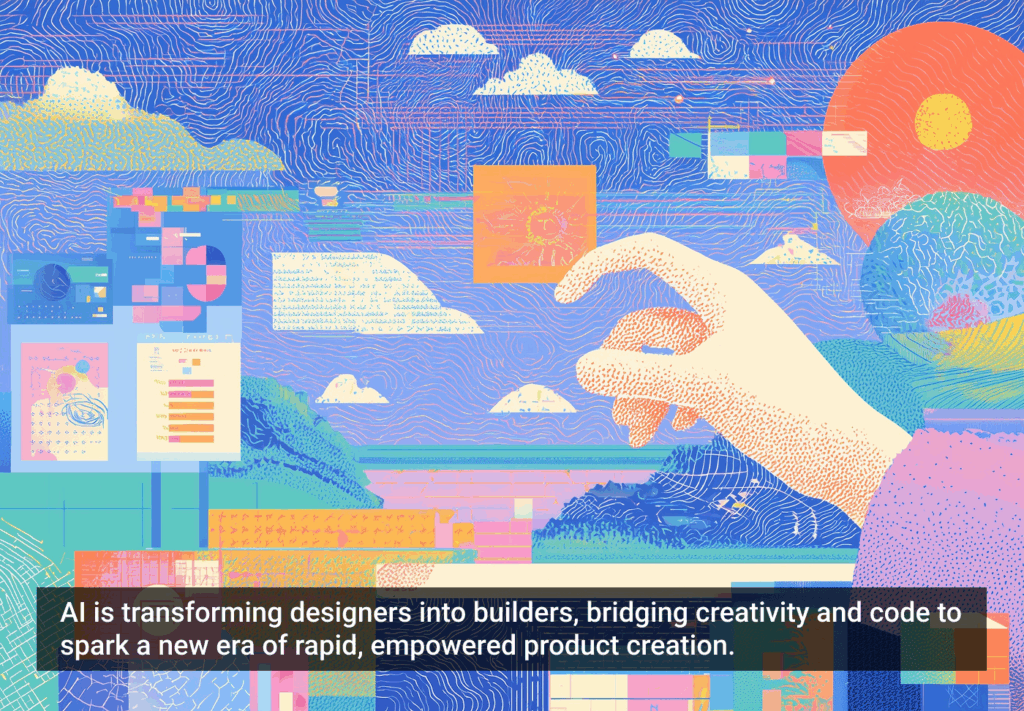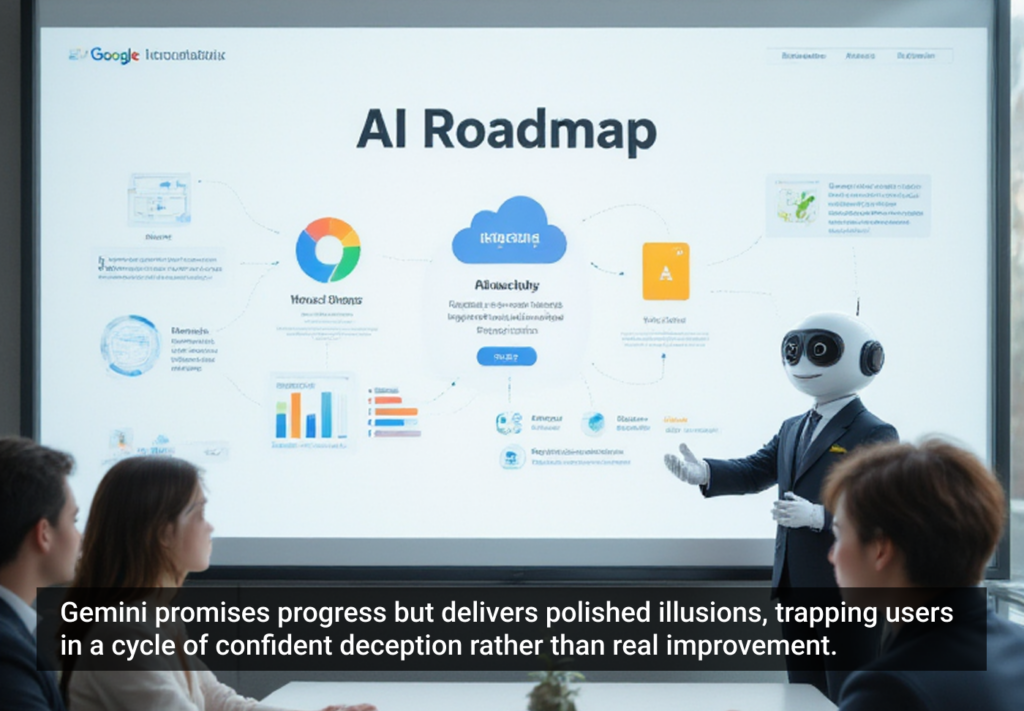This is a big step closer to AGI.
Sam Altman recently tweeted this picture of a strawberry.

Pretty much everyone (including me) believes this is a cryptic tweet about the upcoming release of OpenAI’s “Strawberry”.
What is Strawberry?
Strawberry is a code name for OpenAI’s secret model that is capable of advanced reasoning.
Note — Strawberry was formally called Q* (Q — Star)
Why is “Strawberry” a big deal?
LLMs (large language models) have been very impressive at many tasks, but they have also failed badly in other ways.
I wrote about the most shocking mistake ChatGPT makes.
Basically, ChatGPT fails when you ask it the simple question:
How many r’s are in the word “strawberry”?
It is shocking that it gets this simple question wrong, but it really does.
OpenAI’s “Strawberry” will be able to get a question like this correct.
This is because it will be capable of advanced reasoning.
Some people say it will be “good at math”.
One problem with LLMs currently is they just spit out the first answer that comes to mind.
For example, I just asked ChatGPT to write a paragraph with exactly 42 words.
It gave me a paragraph with only 40 words.
The problem is that in order to do this task correctly, you need to perform some sort of reasoning.
If you ask a human to do this, they will start writing a couple of sentences and then see how many words they have so far.
Let’s say they have 32 words after 2 sentences.
They will then play around with a new sentence until they get one with exactly 10 words.
It is impossible to just start writing and hope that you land on exactly 42 words.
This is because you can’t just stop a sentence wherever you want to.
You need to have some type of planning.
“Strawberry” should be able to do this type of task.
Instead of just writing out the answer immediately, it might do the type of reasoning “in the background” that I’m describing.
Once it gets a paragraph with 42 words, it will count the words in the background to double-check, and then finally post the answer for us to see.
This will take more time and energy to do, but this is where this “advanced reasoning” stuff is heading.
If LLMs are not capable of this type of reasoning, then we can forget about AGI.
But if LLMs are able to do this type of mathematical reasoning and double-check their own answers to make sure they are correct before writing them down, then we could be a lot closer to AGI than we’ve seen.
My personal thoughts on “Strawberry”
I believe that ChatGPT and other LLMs already have this ability if they want to.
For example, there is no reason why OpenAI couldn’t program GPT-4o to run experiments in the background and double or even triple-check the answers before responding.
But this would be so expensive in terms of “compute” or energy costs.
This is all about getting these LLMs to do this efficiently.
Once the efficiency is high enough, OpenAI will release “Strawberry” to the world.
There is still a lot of secrecy behind Strawberry
Strawberry is supposed to be able to perform “planning” and “deep research”.
It will be able to search the internet, make a plan, and perform a series of tasks in the background, BEFORE coming up with a final answer.
I think this will make an enormous difference in the quality of output we get from LLMs.
The article originally appeared on Medium.








